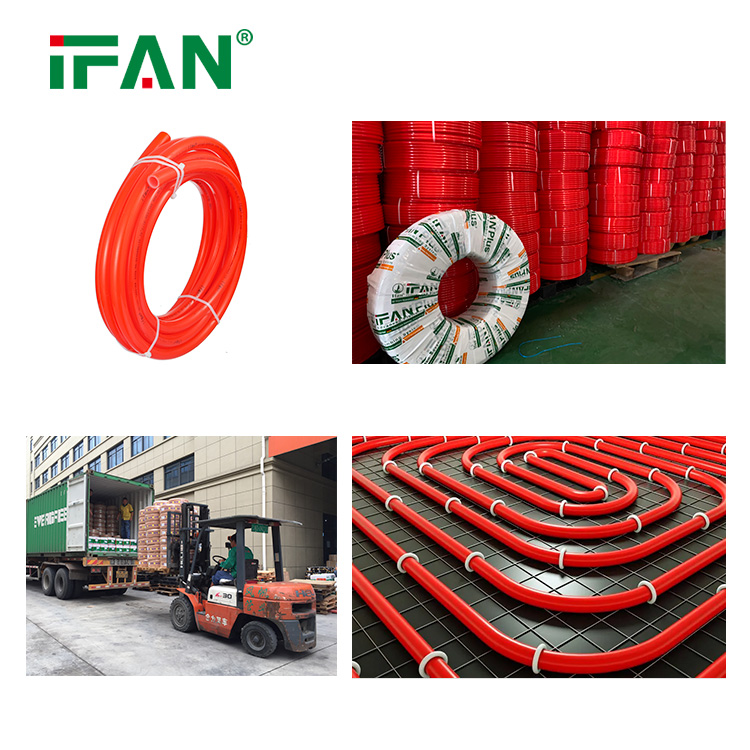1. Introduction to PERT Pipes
PERT (Polyethylene of Raised Temperature) pipes are widely used in various applications, including plumbing, heating, and cooling systems. Their unique properties, such as flexibility and resistance to high temperatures, make them a popular choice in modern construction. Understanding the manufacturing process of PERT pipes is essential to appreciate their quality and performance.
2. Raw Materials for PERT Pipe Production
The manufacturing process begins with the selection of high-quality raw materials:
- Polyethylene Resins: The primary material used, specifically designed to withstand elevated temperatures.
- Additives: These include antioxidants, UV stabilizers, and colorants that enhance the properties of the final product.
3. Compounding Process
Before the extrusion of PERT pipes, the raw materials are compounded:
- Mixing: The polyethylene resin is mixed with additives to achieve the desired properties.
- Melt Processing: The mixture is heated until it reaches a molten state, ensuring uniform distribution of additives.
4. Extrusion Process
The extrusion process is crucial in shaping PERT pipes:
- Feeding: The compounded material is fed into an extruder, where it is heated and forced through a die.
- Molding: As the molten material exits the die, it takes the shape of a pipe. This stage requires precise control of temperature and pressure to ensure uniform thickness and quality.
5. Cooling Process
Once the PERT pipe is extruded, it undergoes cooling:
- Water Cooling: The pipes are typically cooled in a water bath to solidify the material and maintain its shape.
- Air Cooling: In some cases, air cooling may be used, depending on the production line setup.
6. Cutting and Sizing
After cooling, the pipes are cut to the required lengths:
- Automatic Cutting Machines: These machines ensure consistent lengths and minimize waste.
- Quality Control Checks: Each length is checked for dimensional accuracy before packaging.
7. Quality Assurance Testing
Quality control is a vital aspect of the manufacturing process:
- Physical Testing: Pipes undergo tests for flexibility, tensile strength, and resistance to pressure.
- Thermal Testing: Assessing the performance of the pipes under elevated temperatures to ensure compliance with industry standards.
8. Surface Treatment and Printing
To enhance the usability of PERT pipes, additional treatments may be applied:
- Surface Treatment: This can involve smoothing or coating the pipes for better handling.
- Printing: Identification marks, such as size and material type, are printed on the pipes for easy identification and compliance with regulations.
9. Packaging and Distribution
Once manufactured and tested, the pipes are prepared for distribution:
- Packaging: Pipes are bundled and packaged to prevent damage during transportation.
- Logistics: Efficient distribution channels are established to ensure timely delivery to suppliers and customers.
10. Sustainability in PERT Pipe Manufacturing
Sustainability is becoming increasingly important in manufacturing processes:
- Recycling Practices: Many manufacturers implement recycling systems for off-cuts and defective pipes.
- Energy Efficiency: Efforts are made to reduce energy consumption during production, such as optimizing machinery and processes.
11. Conclusion
The manufacturing process of PERT pipes involves several key steps, from raw material selection to quality assurance and distribution. Understanding these processes helps consumers and professionals appreciate the quality and reliability of PERT pipes in various applications. As demand for efficient and sustainable piping solutions grows, continuous advancements in manufacturing techniques will further enhance the performance of PERT pipes.
View more:https://www.ifanfittings.com/


